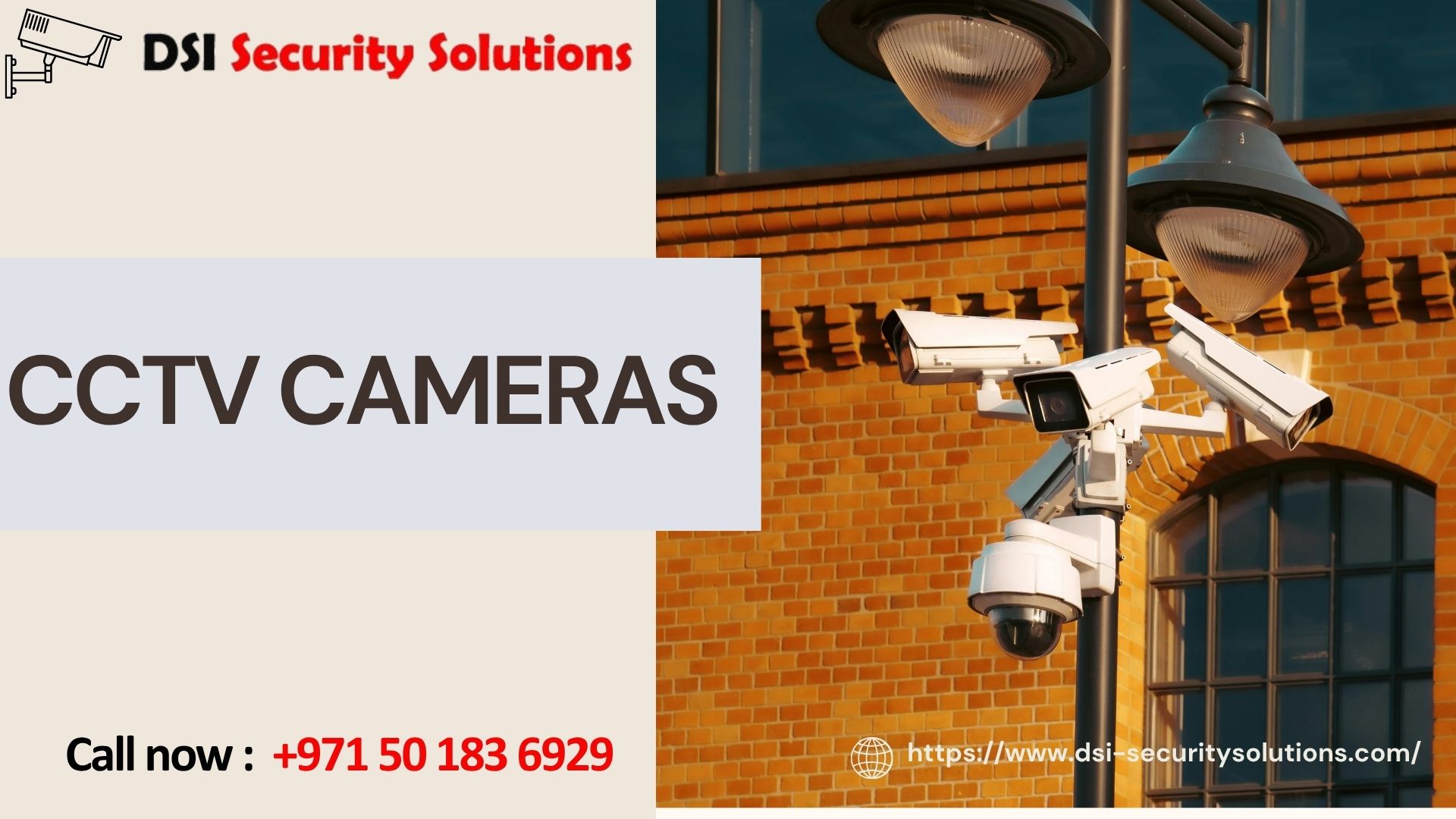
Ensuring the safety of your home or business is a top priority. CCTV cameras play a crucial role in security systems, providing surveillance that deters crime and helps monitor activities. Understanding the various types of CCTV cameras available can help you make informed decisions when selecting the right system for your needs. This guide explores the different types of CCTV cameras, their features, applications, and benefits, ensuring you choose the best option for your security requirements.
Dome Cameras
Overview
Dome cameras feature a sleek, dome-shaped design that blends seamlessly into any environment. Their discreet appearance makes them ideal for indoor use, but many models are also suitable for outdoor installations.
Key Features
- Wide Angle View: Dome cameras typically offer a broad field of view, making them effective for monitoring large areas.
- Vandal Resistance: Many dome models are designed to withstand tampering and vandalism, making them perfect for public spaces.
- Night Vision Capabilities: Infrared options allow for effective monitoring in low-light conditions.
Applications
- Retail stores
- Offices
- Schools and educational institutions
Bullet Cameras
Overview
Bullet cameras are easily recognizable due to their cylindrical shape. They are primarily used for outdoor surveillance, providing excellent visibility and coverage.
Key Features
- Long-Range Monitoring: Designed for long-distance viewing, bullet cameras are perfect for covering expansive areas.
- Weatherproof Design: Many bullet cameras are built to withstand harsh weather conditions, making them ideal for outdoor use.
- Variety of Lens Options: Available with different lens sizes to suit various monitoring needs.
Applications
- Parking lots
- Building perimeters
- Outdoor areas such as gardens and driveways
PTZ Cameras (Pan-Tilt-Zoom)
Overview
PTZ cameras offer advanced features that allow users to remotely control the camera’s movement, including panning, tilting, and zooming in on specific areas.
Key Features
- Remote Control: Users can adjust the camera’s position and zoom level from a distance, providing flexibility in monitoring.
- High Definition: PTZ cameras often provide high-resolution video, ensuring clear image quality.
- Preset Positions: Can be programmed to move to specific locations automatically, enhancing surveillance efficiency.
Applications
- Large retail spaces
- Airports and transportation hubs
- Stadiums and event venues
IP Cameras
Overview
IP (Internet Protocol) cameras transmit video data over a network, allowing for remote access and control via the internet. They are increasingly popular for both residential and commercial security.
Key Features
- High Resolution: IP cameras typically offer superior image quality compared to analog cameras.
- Remote Access: Users can monitor live feeds and recorded footage from anywhere with an internet connection.
- Scalability: Easily integrated into existing network infrastructure, making them suitable for expanding security systems.
Applications
- Home security systems
- Business surveillance
- Remote monitoring for vacation homes
Wireless Cameras
Overview
Wireless cameras utilize Wi-Fi to transmit video signals, eliminating the need for extensive wiring and making installation easier.
Key Features
- Easy Installation: Simplified setup process due to the absence of cables, making them ideal for DIY installations.
- Flexible Placement: Can be installed in locations where running cables would be challenging.
- Battery Options: Some models are battery-operated, allowing for versatile installation options.
Applications
- Home security
- Temporary surveillance setups for events
- Areas without power sources
C-Mount Cameras
Overview
C-Mount cameras are versatile and can accommodate different lenses, making them suitable for various professional applications.
Key Features
- Interchangeable Lenses: Users can swap out lenses based on specific monitoring requirements, offering flexibility.
- Long-Distance Viewing: Ideal for applications requiring surveillance over long distances.
- Adjustable Focus: Allows for fine-tuning of the field of view for optimal monitoring.
Applications
- Industrial sites
- Warehouses
- Large outdoor areas that require detailed surveillance
Fisheye Cameras
Overview
Fisheye cameras provide a 360-degree panoramic view, making them suitable for monitoring large areas without blind spots.
Key Features
- Wide Coverage: Capable of covering a vast area with a single camera, reducing the need for multiple units.
- De-Warping Technology: Some models include software to correct fisheye distortion for clearer images.
- Multiple Viewing Modes: Can display different views, such as a full panoramic view or multiple quadrants.
Applications
- Retail environments
- Public transport stations
- Warehouses and distribution centers
Choosing the right type of CCTV camera is essential for maximizing security and surveillance effectiveness. By understanding the various types of cameras available—dome, bullet, PTZ, IP, wireless, C-mount, thermal, and fisheye—you can select the best option for your specific needs. Each type of camera offers unique features and benefits tailored to different environments and applications.
Investing in a suitable CCTV camera system not only enhances your security but also provides peace of mind, knowing that your property is monitored effectively. Whether you’re protecting your home, business, or public space, the right CCTV camera can make all the difference in maintaining safety and security.